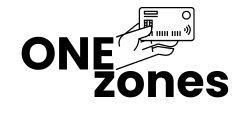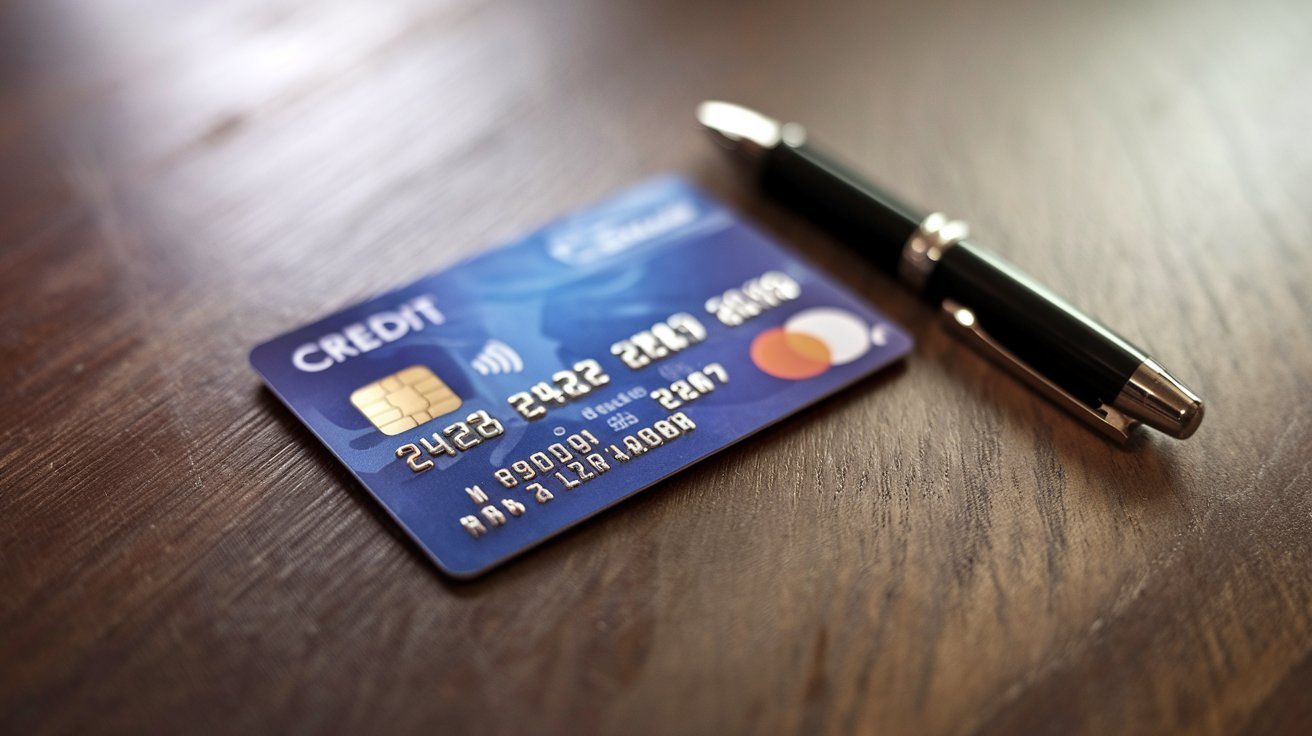The Pros and Cons of Secured vs. Unsecured Credit Cards in 2024: A Comprehensive Guide

In an era where credit plays an increasingly vital role in financial well-being, choosing between secured and unsecured credit cards has become a crucial decision for many consumers. This comprehensive guide explores the key differences, advantages, and disadvantages of both options to help you make an informed choice in 2024.
Quick Comparison: Secured vs. Unsecured Credit Cards
| Feature | Secured Credit Cards | Unsecured Credit Cards |
|---|---|---|
| Security Deposit | Required (typically $200-$2,000) | Not required |
| Credit Score Requirements | Minimal (300+) | Generally good to excellent (650+) |
| Interest Rates (APR) | 15-25% | 12-29% |
| Annual Fees | $0-$50 | $0-$550 |
| Credit Limits | Usually equal to security deposit | Based on creditworthiness |
| Approval Odds | Very high | Varies based on credit history |
| Rewards Programs | Limited | Often extensive |
Secured Credit Cards: A Closer Look
Advantages
- Easier Approval
- Minimal credit requirements
- Perfect for credit-building
- Nearly guaranteed approval with sufficient deposit
- Lower Risk for Issuers
- Secured by your deposit
- Often leads to more favorable terms
- Potential for graduation to unsecured cards
- Credit Building Benefits
- Regular reporting to all major credit bureaus
- Excellent tool for establishing credit history
- Clear path to credit improvement
Disadvantages
- Security Deposit Required
- Typical deposits range from $200 to $2,000
- Ties up your cash
- May need several months to get deposit back
- Limited Features
- Few rewards programs
- Basic card benefits
- Lower credit limits initially
Unsecured Credit Cards: In-Depth Analysis
Advantages
- No Security Deposit
- Keeps your cash free for other uses
- Higher credit limits possible
- More flexible spending power
- Better Rewards
- Cash back opportunities
- Travel miles and points
- Sign-up bonuses
- Premium perks like airport lounge access
- Additional Benefits
- Purchase protection
- Extended warranties
- Travel insurance
- Concierge services
Disadvantages
- Stricter Approval Requirements
- Need good to excellent credit
- Income requirements
- Length of credit history matters
- Higher Costs
- Potentially higher interest rates
- Annual fees for premium cards
- More severe penalties for late payments
Making Your Decision in 2024
Choose a Secured Card If:
- You’re new to credit or rebuilding your credit
- You have limited or poor credit history
- You want a guaranteed approval option
- You can afford to put down a security deposit
- You’re focused on building credit rather than earning rewards
Choose an Unsecured Card If:
- You have good to excellent credit (650+ score)
- You want to earn rewards on your spending
- You prefer not to tie up money in a security deposit
- You’re looking for premium card benefits
- You have a stable income and good debt management history
Current Market Trends
The credit card landscape in 2024 has evolved to offer more hybrid options and innovative features. Many secured cards now offer rewards programs, while some unsecured cards have introduced more flexible approval criteria. Digital banking innovations have also led to more instant approval processes and virtual card options.
Tips for Success with Either Card Type
- Payment Management
- Set up automatic payments
- Pay more than the minimum when possible
- Always pay on time to build positive credit history
- Credit Utilization
- Keep utilization below 30%
- Monitor credit limits
- Request limit increases when eligible
- Regular Review
- Check statements monthly
- Monitor credit score progress
- Evaluate card benefits vs. costs annually
Conclusion
Choosing between secured and unsecured credit cards depends largely on your current financial situation, credit history, and financial goals. Secured cards remain an excellent stepping stone for building credit, while unsecured cards offer more benefits for those with established credit histories. Consider your specific needs and circumstances when making this important financial decision.
Remember that responsible use of either card type can help build and maintain good credit, which is increasingly important in today’s financial landscape. The key is choosing the option that best aligns with your current situation while supporting your long-term financial goals.





